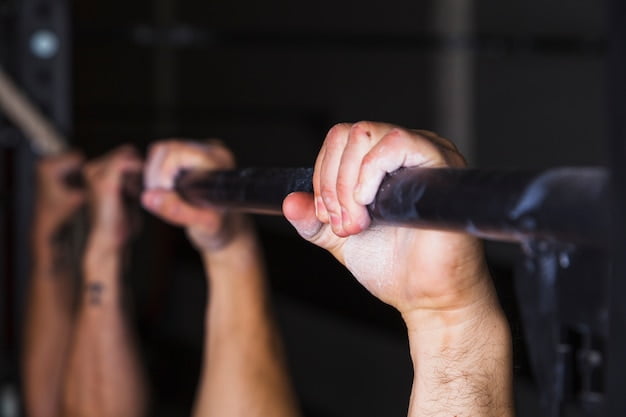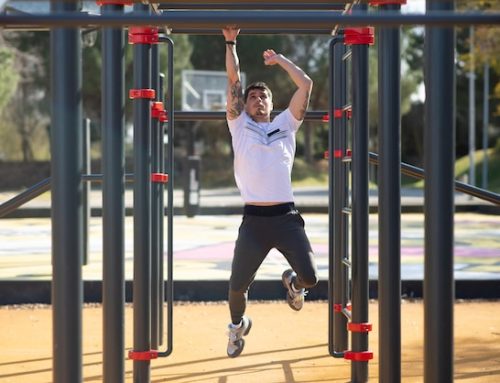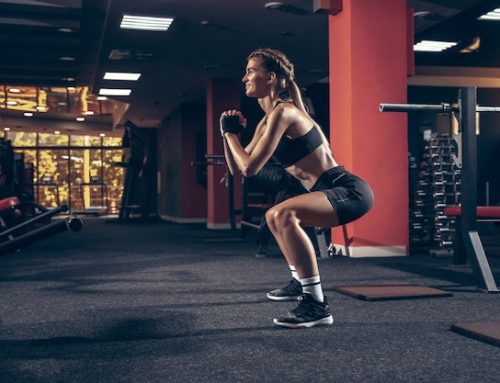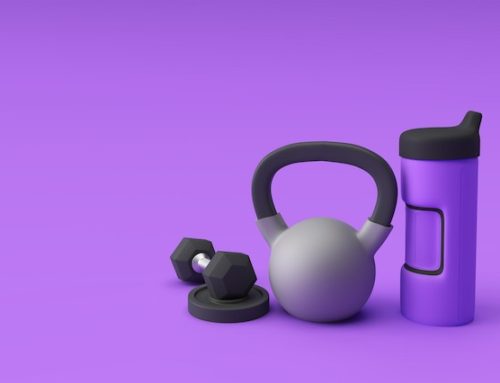Introduction
Calisthenics is a form of exercise that involves using the weight of your own body to strengthen and tone muscles. It is a highly effective workout that can improve your strength, stamina, flexibility, and overall fitness level, all without the need for expensive equipment or gym memberships.
One of the most important aspects of any calisthenics routine is determining how many reps to do for each exercise. Finding the right number of reps can help you achieve your fitness goals more quickly and efficiently, while also avoiding injury and burnout.
Understanding Reps
Before we dive into the specifics of how many reps you should do for calisthenics, it’s important to understand what reps actually are. Reps, short for repetitions, refer to the number of times you perform a particular exercise. For example, if you do 10 push-ups, that would be 10 reps.
Reps are a crucial part of any exercise routine because they help to build strength by causing microscopic tears in your muscle fibers. When you rest, your body repairs these tears, making the muscles stronger and more resilient.
Determining Your Goals
The number of reps you should do for calisthenics ultimately depends on your fitness goals. For example, if your goal is to build muscle mass, you’ll want to do fewer reps with heavier weights. On the other hand, if you’re looking to improve your endurance, you’ll want to do more reps at a lower weight.
Beginner Recommendations
If you’re new to calisthenics, it’s important to start slowly and gradually increase the number of reps you do over time. A general rule of thumb for beginners is to do 8-12 reps per set for each exercise, with 1-3 sets per workout.
It’s also important to focus on proper form and technique, even if that means doing fewer reps. Doing exercises incorrectly can lead to injury and will ultimately slow down your progress.
Intermediate Recommendations
Once you’ve built up some strength and endurance, you can increase the number of reps you do for each exercise. For intermediate calisthenics enthusiasts, a good target is to aim for 12-15 reps per set, with 3-4 sets per workout.
It’s also a good idea to mix up your exercises to challenge your muscles in new ways and prevent boredom. For example, you might alternate between push-ups, squats, lunges, and planks during a single workout.
Advanced Recommendations
For advanced calisthenics athletes, the number of reps you do will depend on your specific goals and fitness level. Some people might aim for 20-25 reps per set, while others might try to do as many reps as possible within a certain time frame.
It’s important to remember that as you increase the number of reps, you’ll also need to increase the difficulty of the exercises themselves. For example, you might switch from basic push-ups to one-handed push-ups or clapping push-ups to make the exercise more challenging.
Listening to Your Body
No matter what level you’re at, it’s important to listen to your body and avoid overtraining. Pushing yourself too hard can lead to injury and burnout, which will ultimately set you back.
If you’re experiencing pain or discomfort during an exercise, it’s a sign that you need to take a break or modify your technique. Remember that progress takes time, and it’s better to work slow and steady than to rush and risk injury.
Conclusion
Determining how many reps to do for calisthenics can be a bit of trial and error, but by following these general guidelines and listening to your body, you’ll be well on your way to achieving your fitness goals. Remember to start slowly, focus on technique, and gradually increase the difficulty and number of reps over time. With dedication and persistence, you’ll be amazed at the progress you can make.






